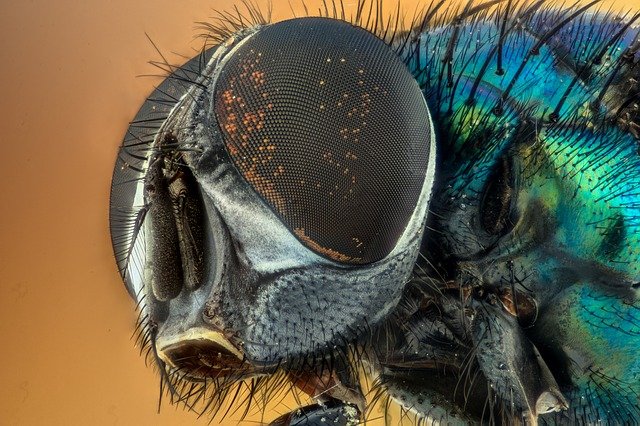
Hemolymph is the blood of insects
Hemolymph is a fluid that circulates inside some invertebrate animals . It is a liquid that, due to its characteristics, is equivalent to the blood of vertebrate beings.
Properties and composition
The properties of hemolymph vary depending on the species . It can be transparent, green or orange, since its pigmentation in some cases comes from metabolism and in others, it is a consequence of diet.
Both organic and inorganic substances appear in the composition of hemolymph. It is possible to find proteins , amino acids , carbohydrates , lipids and water . It is also common that they have nucleating agents that are responsible for protecting it against extracellular freezing; This can be observed in insects of various orders, such as beetles and flies.
The amount of proteins that we can find in the hemolymph is different in each part of its development. Their classification is carried out according to their functions, giving rise to protease inhibitors, chroma proteins, enzymes and more. With respect to free amino acids, these are found in large proportions in arthropods. In two given species it is possible to appreciate different values of relative concentration, which is also linked to the moment of development of the organism.
Hemocyanin is a protein that has the function of transporting oxygen in the hemolymph; It is found in certain mollusks , arachnids and crustaceans. Other fundamental components of hemolymph are water and inorganic salts (especially chlorine, potassium, sodium, calcium and magnesium).
After nitrogen metabolism, its final products are found in the hemolymph, although in moderate concentrations; We are talking about urea, uric acid, ammonia and allantoin, among others.
Functions of hemolymph
In the hemolymph, on the other hand, there are different kinds of cells . Among the functions of these cells are the transfer of oxygen, hormones and nutrients; coagulation; and thermoregulation. It also affects the processes of the immune system, contributing to the defense against the action of microbes.
Another function of the hemolymph is to exert different pressures to promote the development or metamorphosis of insects. The irrigation of the hemolymph - and the pressure that the liquid exerts on the circulatory system - allows butterflies to spread their wings, to mention one case.
It is important to keep in mind that, when it comes to insects , the circulatory system is open . Therefore, the organs directly receive hemolymph, which circulates through a single blood vessel (although there are exceptions) with openings.
It is estimated that hemolymph can represent between 5% and 40% of an animal 's weight. This wide variation depends on the particularities that each species presents.

Beetles have nucleating agents in their hemolymph.
Etymological origin
This term has a relatively brief history, since it emerged in the second half of the 1800s, in the field of biology. Regarding its composition, we can say that it is a hybrid word in which we find the Greek term haima (which is defined as "blood") and the Latin noun lympha ("water, spring, river").
The latter is found with this meaning especially in the Roman poetry of Ovid, Virgil and Lucretius. On the other hand, it can also refer to the water of someone who suffers from dropsy , the accumulation or retention of clear liquid in the cavities or tissues. Another meaning of lympha is the name of the "goddess of water."
Returning to the first component of the term hemolymph ( haima ), it is a word that we find in a large number of words, some better known than others, such as hemolysis, hematocrit, hemodialysis, hemoptysis, hematopoiesis, hemorrhage and red cell .
